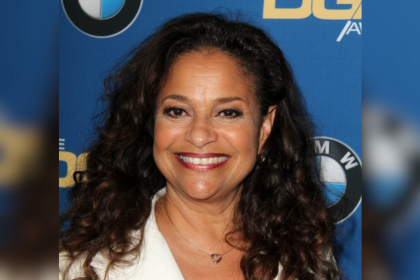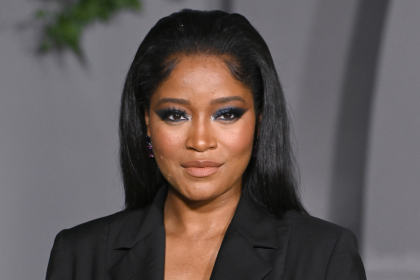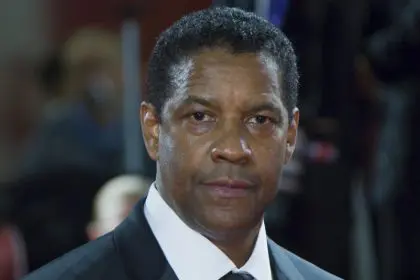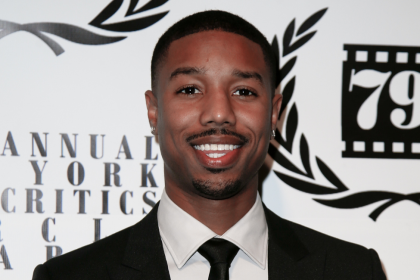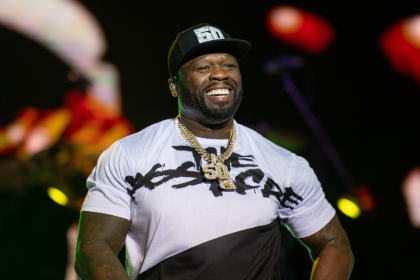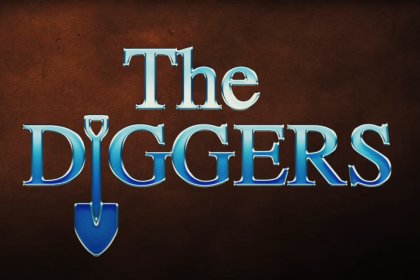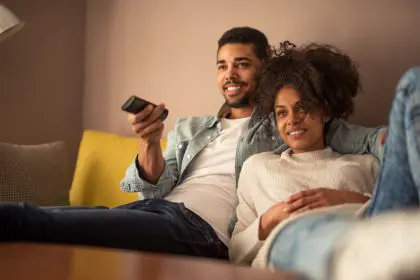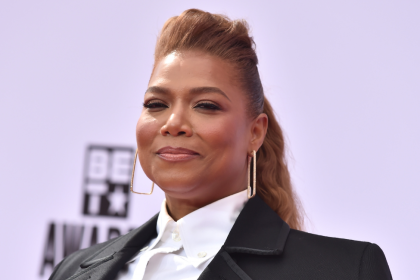
There is no way that we can ignore the fact that diversity is an issue in Hollywood. For many years, diverse, non-white actors and actresses and characters have faced challenges gaining acclaim in Hollywood. Blockbuster film Black Panther heads toward the $1B mark are debuting in February and proves a major point that diversity in film is desired. This film is being so significantly celebrated due to the fact that it is a positive representation of Blacks in the film, strong female roles as well its diversity behind the camera with director Ryan Coogler. Although there have been some victories, we can’t forget that #OscarSoWhite was only two years ago. Diversity and inclusion of race remain a persistent problem in this space. Hollywood has an issue that spans outside of race and gender; Hollywood also has a major LBGT diversity issue.
Despite this issue, 2017 was seen as a highly buzzworthy year for LGBTQ moments in film. There were some films with known LGBT actors and themes. Moonlight, Beauty and the Beast and Power Rangers did a good job promoting inclusivity. Moonlight won an Oscar for its promotion of a Black gay protagonist in a coming of age film. The live-action version of Beauty and the Beast had its first openly gay character LeFou. Power Rangers had a queer portrayal with Yellow Ranger Trini, played by singer Becky G. These films took a step in the right direction, but there is still a shortage of LGBT representation in film that needs improvement.
GLAAD is an organization that changes the narrative for LGBTQ acceptance. As a media force, GLAAD attacks the issues in order to provoke dialogue and lead to cultural change. According to the GLAAD Studio Responsibility Index, in 2016 of the 125 major studio releases, only 23, 18.4 percent included characters identified as lesbian, gay, bisexual, transgender, and/or queer. This is an increase from the 17 percent in 2015. That one percent increase in one year isn’t very good.
When LGBTQ characters are portrayed, the roles are not significant. Of the 23 mainstream films that GLAAD found to be LGBTQ-inclusive, 10, 43 percent, included less than one minute of screen time for their LGBTQ character.
Positive transgender representations in Hollywood remain very low. In 2015, only one transgender character was in a major studio film. Transgender roles are not usually given to those who are transgender, but white heterosexual males. In these portrayals, the actors are often times exactly that, “playing” and not taking the role seriously.
Male characters are still outnumbering female characters when it comes to LGBTQ diversity in film. Gay male characters are more likely to be portrayed than lesbian female characters in major films. Gay males were present 55 percent more than lesbian women in film.
LGBT depictions of people of color in film are worsening. Over the years, the LGBTQ characters in the mainstream have dropped. In 2016, only 20 percent of LGBTQ characters were people of color, compared to 25 percent in 2015 and 32 percent in 2014.

